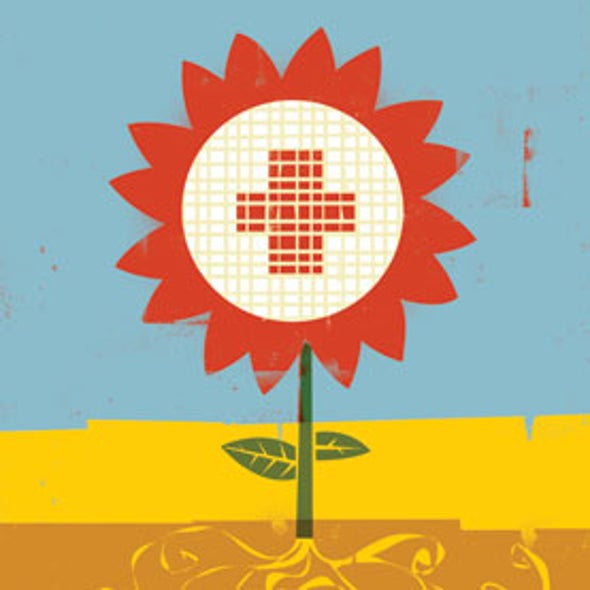Common Garden Experimental Design
10 pinto beans 2.

Common garden experimental design. In order to establish an experimental framework in which to investigate variability in phenotypic traits within and among salmon lice populations an experimental protocol was established for producing full sibling family groups to study in a common garden experiment ie mixing all families together in the same environment figure 1. 1 500 ml jar 3. Qtl mapping not treated are. For this reason the completely randomized design is not commonly used in field experiments.
Liquid plant fertilizer 5 10 5 6. Here i describe the common garden experiment and its results in the juncos. A transplant experiment also known as a common garden experiment is an experiment to test the effect of environment by moving two species from their native environments into a common environment. Nevertheless most of the elements in this article regarding common garden experiments can also be applied to reciprocal transplants especially if one is interested in applying them to survival or some other measure of fitness.
A reciprocal transplant involves introducing organisms from each of two or more environments into the others. In a usual common garden experiment two species of plants growing in their native environments would both be transplanted in a common environment. Although protocol varies depending on the common garden every year team members record flowering phenology data measuring data and harvest the heads of the thousands of plants we have in common garden experiments. You can use it if you are working with a very uniform field in a greenhouse or growth chamber or if you have no idea about the variability in your field.
1 4 litre plastic milk jug 7. Plant experimental design i purpose. The echinacea project currently has 10 established experimental plots. To determine whether added nutrients speed up seed germination.
In this perspective paper we suggest that the common garden experiment specifically designed to deal with phenotypic plasticity has a clear role to play in the study of local adaptation even. Molecular approaches eg candidate gene mutation screen knock outdown etc. Common garden designs 4. Common gardens by contrast are often designed to be softer on the individuals.





